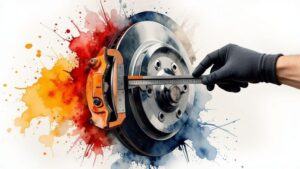
When to Replace Brake Pads: 7 Warning Signs You Can’t Ignore
Discover when to replace brake pads with our expert guide revealing 7 critical warning signs. Learn practical tips to enhance safety and avoid costly repairs.

When to Replace Brake Pads: 7 Warning Signs You Can’t Ignore
Discover when to replace brake pads with our expert guide revealing 7 critical warning signs. Learn practical tips to enhance safety and avoid costly repairs.

Understanding the Cost of Tire Rotation: Save Money & Stay Safe
Learn the true cost of tire rotation and discover tips to save. Essential for your vehicle’s safety and longevity. Find out more today!
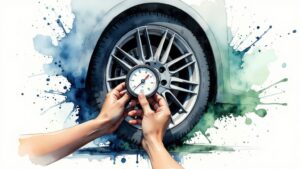
Learn Correct Tire Pressure Tips for Safer Driving
Discover how to maintain correct tire pressure to improve safety, save fuel, and prolong tire life. Expert advice for every driver.
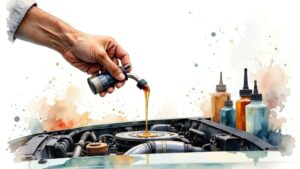
How to Check Car Fluids: Easy Guide for Beginners
Learn how to check car fluids with our simple guide. Stay on top of engine oil, coolant, and brake fluid to keep your car running smoothly.

How to Make Your Car Last Longer: Top Tips for Longevity
Learn how to make your car last longer with expert tips on maintenance and driving habits. Extend your vehicle’s lifespan and save on repairs today!
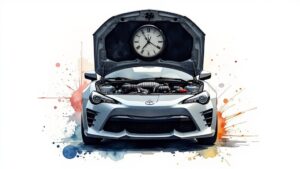
How Often Should I Service My Car? Essential Maintenance Tips
Wondering how often should I service my car? Find expert advice on maintenance schedules to keep your vehicle performing at its best. Click for details!

Essential Car Maintenance Checklist for Safe Driving
Use this car maintenance checklist to keep your vehicle in top shape, prevent costly repairs, and ensure safety on the road. Start maintaining today!
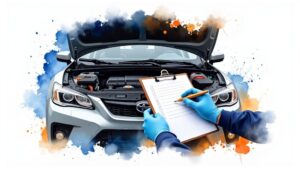
Vehicle Inspection Checklist: Ensure Your Car’s Safety
Use our vehicle inspection checklist to easily assess brakes, tires, fluids, and lights. Keep your car safe and reliable with this essential guide.

Ultimate Car Maintenance Checklist for a Reliable Ride
Download our car maintenance checklist to keep your vehicle in top shape, prevent repairs, and drive safely. Get your free guide now!
CLICK LINK BELOW TO LEARN MORE ABOUT OUR SERVICES